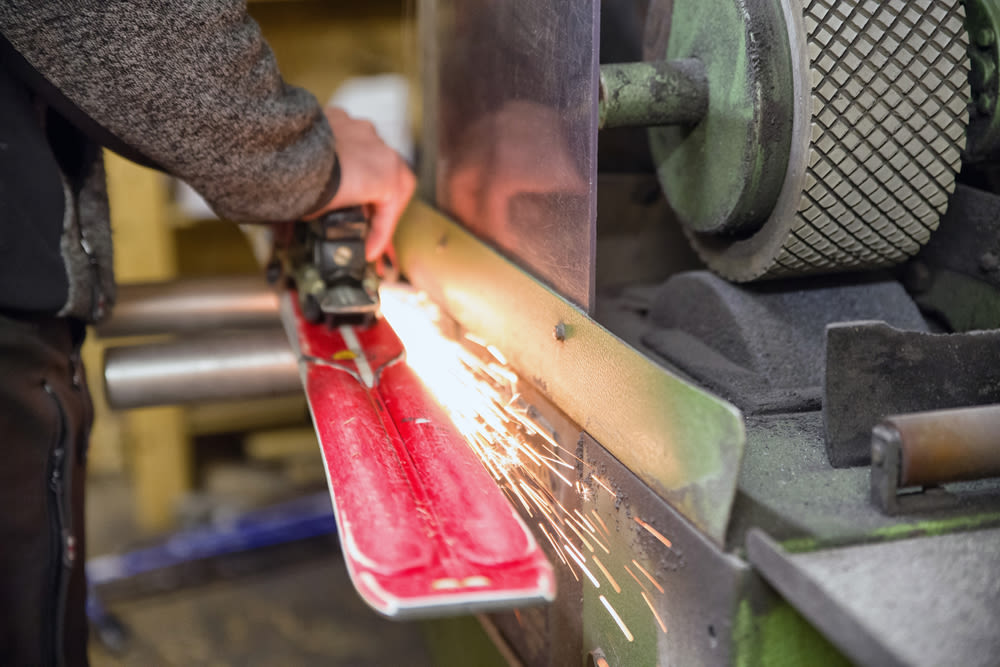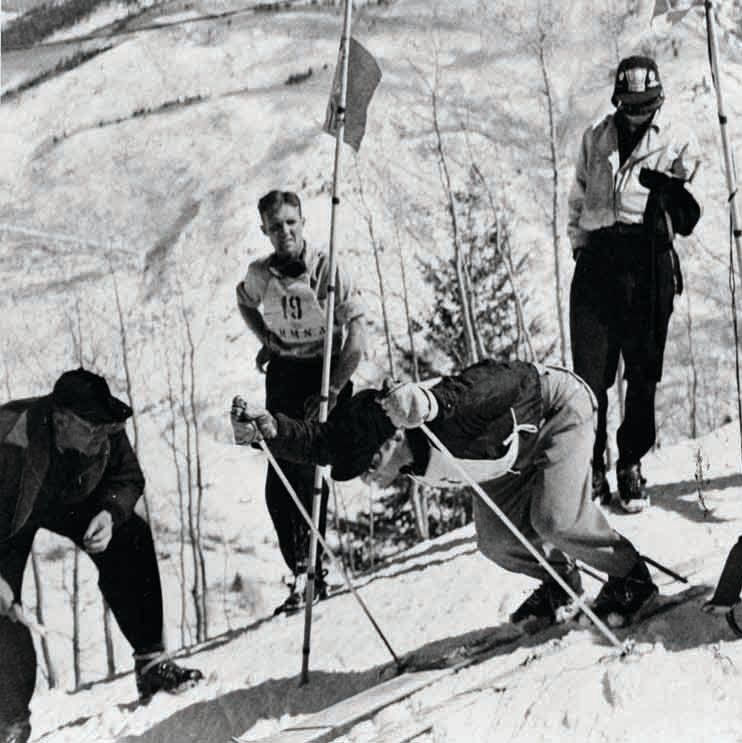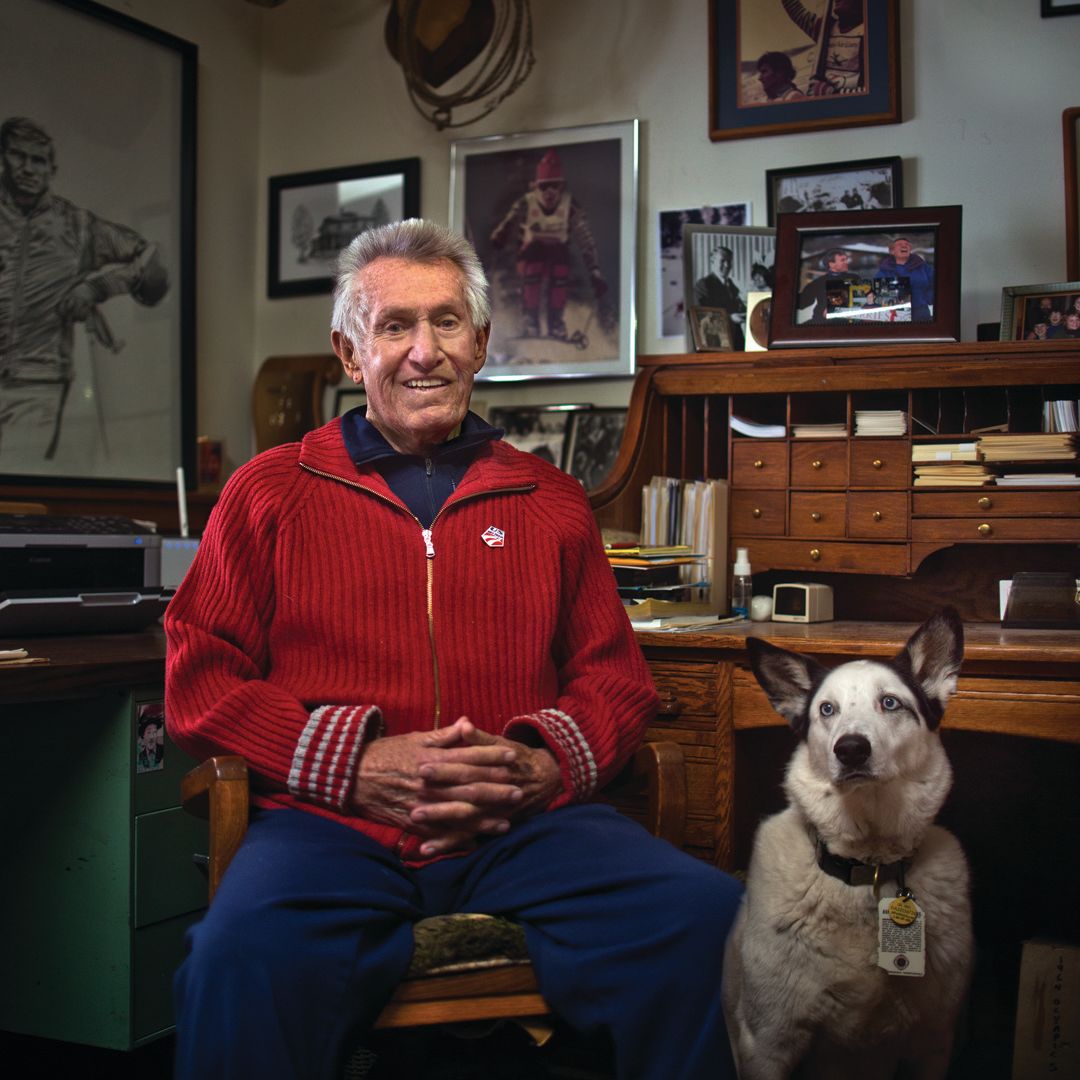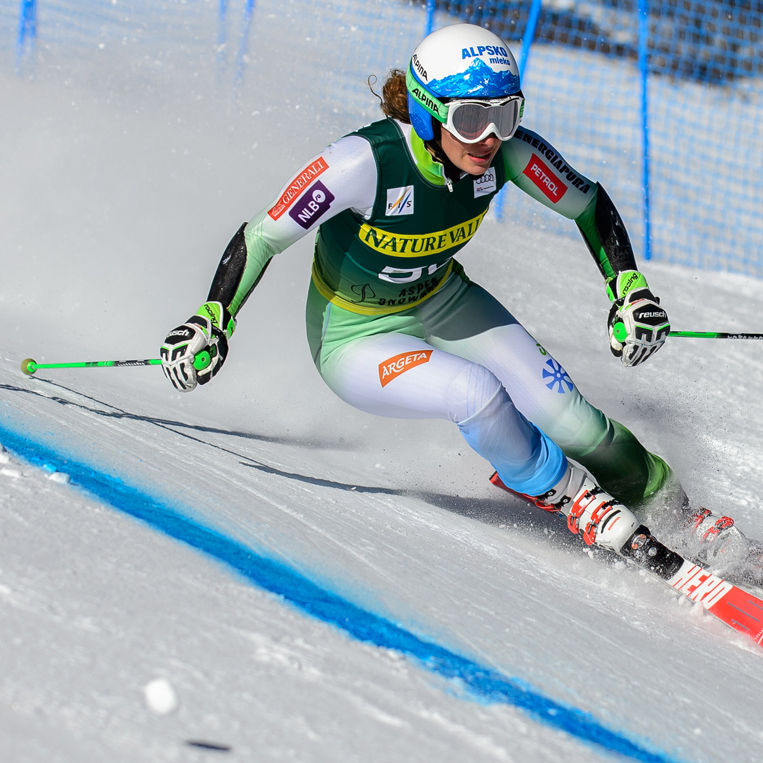Gear Closet: Race-Stock Skis Are Like No Skis You've (Likely) Ever Been On

Image: Courtesy: Shutterstock.com
Johno McBride, Alpine program director for the Aspen Valley Ski and Snowboard Club, compares World Cup racing equipment to Formula One cars. As with the cars, every detail that goes into this caliber of race ski aims at one thing: speed.
“At the highest level everybody skis well, so with races being decided by hundredths of seconds, if you’re not in contention with the equipment around you, there’s a good chance you’re not going to win,” says Aspen native McBride, who spent 19 years on the World Cup circuit as a speed coach.
Unlike commercial assembly-line skis, virtually all race-stock skis are handmade, built specifically for different needs, conditions, and temperatures with plenty of athlete input. Then they’re scientifically tested to see how fast they run in different conditions, with all results put into a database and given to the athletes to choose their quivers.
Athletes often don’t train on their race-day skis, so once the skis are prepped and tuned, they hardly get touched. The night before race day, technicians with precise knowledge of the air and snow temperature and humidity choose a wax to help the skis break out of the start. But the wax job rarely makes the final difference, notes McBride—“it boils down to fast skis and fast skiing.”
One thing that does differ is the size of each racer’s quiver. Podium-level racers might travel with 10 to 20 pairs of skis each. Bode Miller (who is not competing this season) carried up to 50. Think about those baggage fees the next time you check your own equipment.




















































